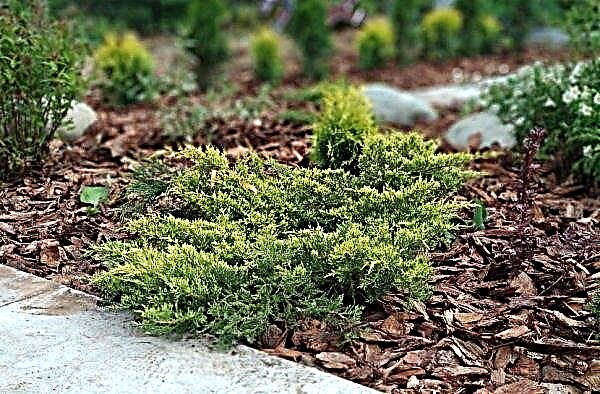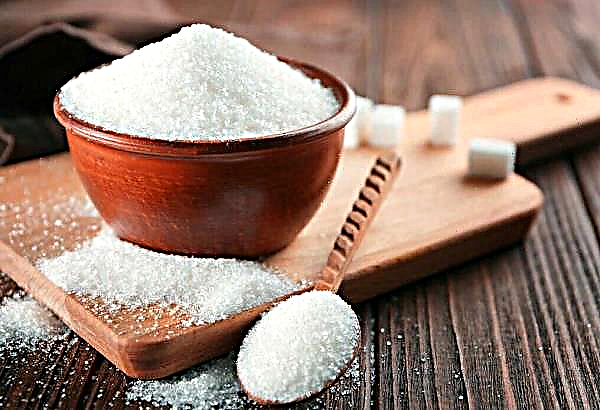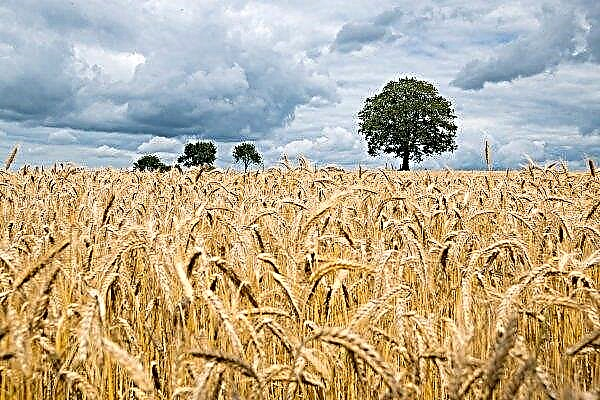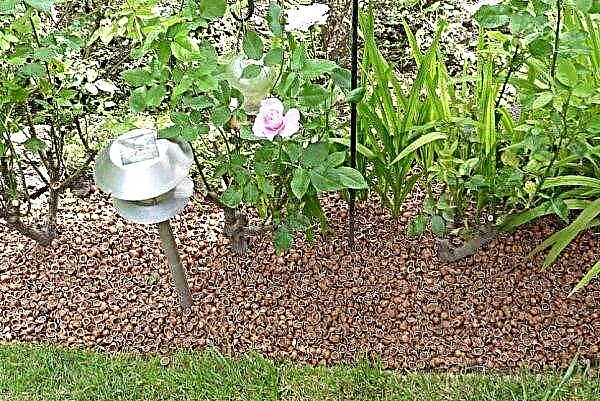Creating an artificial pond in the garden is the perfect way to transform its landscape. Even if you have a small summer cottage, to realize the desire to have a pretty pond is quite possible. Clay is considered one of the best building materials, and how to make a pond with it - more on that later.
Advantages and disadvantages of a clay pond
You can find a lot of information on how to create a pond using a film or plastic molds. Such a construction has a great advantage in the speed of work, but its durability leaves much to be desired. It is more expedient to equip a reservoir using natural clay.
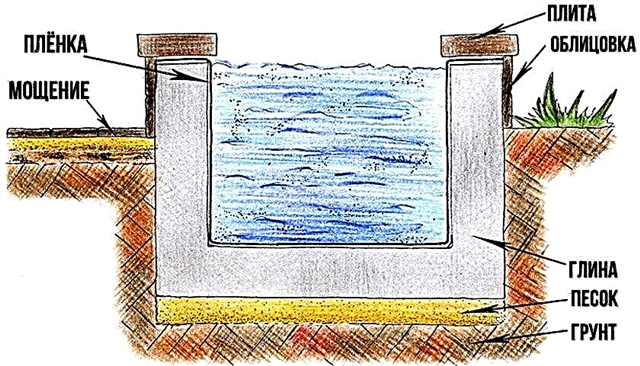
This material has more positive characteristics, for example:
- serves as excellent waterproofing material, which was used even during the construction of St. Petersburg and Kaliningrad, where the basements of buildings are below groundwater;
- the material is plastic, allows you to make any form of pond;
- does not deteriorate and does not have a shelf life;
- relatively low cost.
The disadvantages of the clay pond include the need to constantly maintain the water level, because the drying of the surface can lead to its cracking. It should also be noted that the clay base contributes to the oxidation of biological residues, therefore, without providing the reservoir with a device for circulation, soon the water in it will become a dirty yellow swamp color.Did you know? Clay insulation systems were found by archaeologists in Novgorod during excavations of structures dating back to the 14th century.
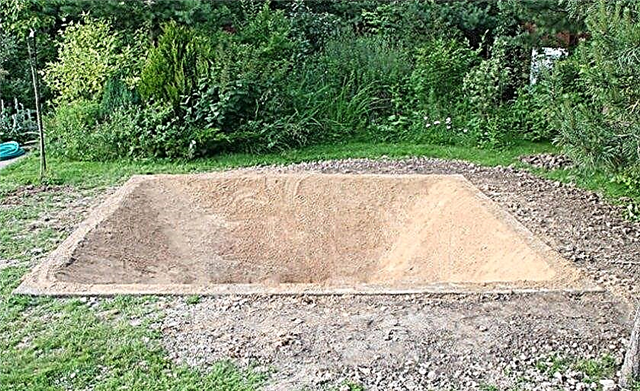
How to make a pond with your own hands
A small decorative pond is easy to do with your own hands, even without any experience with the material. First you need to decide what goals the reservoir will serve and what size it will be. For example, you can arrange a small decorative pond patio or a larger koi fish pool.
If you are confident in your abilities, you can swipe at more serious structures, such as a swimming pond or a whole water garden with bridges, borders. The principle of their creation is almost the same, it all depends on your desire and financial capabilities.
Seat selection
The choice of location must be approached with all responsibility. Plan the placement of the pond so that it is located as far as possible from tall deciduous trees so that the leaves do not pollute the water. It is also advisable to avoid areas located on the sunny side.
The permissible time of exposure to sunlight should not exceed 4-5 hours. Otherwise, the water in the reservoir will quickly heat up and evaporate. In addition, bacteria will actively develop in such an environment.
It is advisable to make a pit under a pond of such a size so that a certain place remains near it. As practice shows, many owners, having built a pond, after some time seek to supplement it with other decorative elements: fountains, bridges, etc.Important! To keep the pond always fresh, you need to periodically drain water from it and clean the bowl.
Video: How to find a place for a pond
Digging pit
When you have chosen a site, you need to figure out what shape the pond will be and draw its outline on the ground. Distinguish between formal and landscape ponds. The first include ponds with a clear geometric shape (square, rectangular, round), which look good in restrained styles, such as minimalism, hi-tech, Japanese. Still more popular are landscape ponds with more natural, curved coastlines.
When drawing the contours of a future pond, consider the fact that the design of each wall of clay will be about 30 cm thick, so the foundation pit should be made wider and deeper than the estimated size of the pond. The boundaries of the bowl with straight lines can be set using pegs and rope. If the coastline has bends, the contours are laid out with a hose. When the boundaries are drawn, you can begin to dig a hole.Did you know? According to doctors, staying near a reservoir reduces the heart rate, which stabilizes the emotional background, normalizes the person’s mental state.

The banks of the pond should be gentle, the recommended level of inclination of the shore is 45 °. So the design will be more reliable, and it is easier to decorate. After the pit is dug to the desired depth, its walls and bottom must be leveled and well tamped. To do this, use a deck, put up with an end face or a construction roller, depending on the size of the pit.
Clay bottom
Building a clay bowl is one of the inexpensive options, compared, for example, with concrete design. To do the work, clay must be mixed with water until a semi-liquid state. When stirring, you can add straw, which will act as a binder component, giving strength to the structure. Also, sometimes an additive of lime or bentonite is used - a special strong clay. But it must be taken into account that bentonite swells upon contact with water, which will affect the thickness of the structure.
On the tamped surface of the walls and the bottom of the pit, spread clay with a layer of about 10 cm and, slightly tamping, level it. You need to wait until the layer is completely dry. Then lay out the second layer and also tamp. If the reservoir is small and designed for decoration, you can stop there.
If you decide to build an impressive pond in size, it is better to lay a third clay layer. Thus, the thickness of the foundation will be about 30 cm. As a finishing material, a layer of fine gravel can be laid on top of the clay.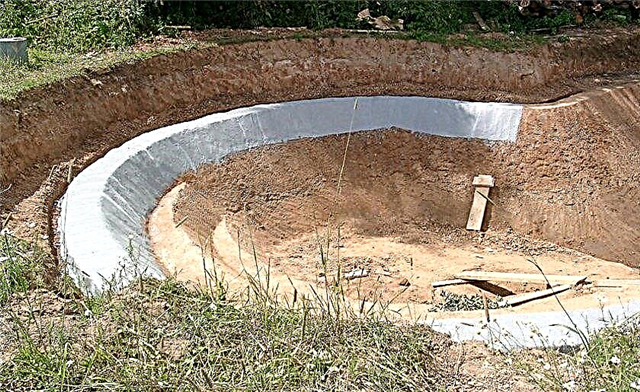
The upper, protruding part should be decorated. Firstly, this will give the pond a neat, beautiful look, and secondly, the decor will save the clay board from drying out. This can be done using stones, plants, dumping and other materials.
Do not forget that the pond should be equipped with a filtration device in order to constantly keep the water in a clean state. To do this, you can purchase a small hydraulic pump station with a sand filter. You will also need 2 tubes, one of which will supply water, and the other - to drain. Ready-made kits with instructions can be purchased at the store.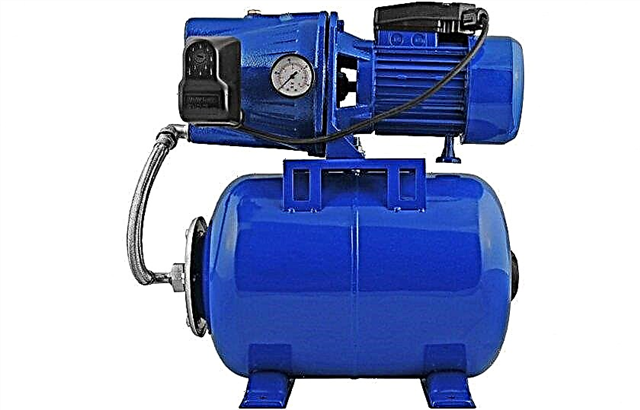
What can be clay on a pond
If after completing all the work there will still be clay, it can be used to make decorative elements. For example, you can organize a waterfall by forming a clay bowl and placing it above the edge of the pond. To do this, you need an additional device (pressure pump), which will provide circulation, but the reservoir will be significantly transformed.
Clay pots with plants along the coastline will look beautiful and natural. This decoration will simplify the care of the pond. In addition, it will be possible to decorate the pond with a variety of colors, even heat-loving, that is, for the winter they can be brought into the house.
From clay, you can make various garden figures, paint them and form interesting compositions near the pond. It is not as difficult as it seems at first glance. On the Internet you can find many step-by-step tips on how to create, for example, a cute forest stump, a turtle, mushrooms, gnomes and other decorations.
How to make a clay castle for a pond
Waterproofing of structures with a clay castle has been used since ancient times. And although today there are more modern materials based on petroleum bitumen, polymers and cement, clay does not lose relevance. The main advantage of the castle clay design is that it is not afraid of moisture, does not lock under the influence of flooding by groundwater. Although it will not be superfluous to make the substrate from a geotextile canvas from the outside. 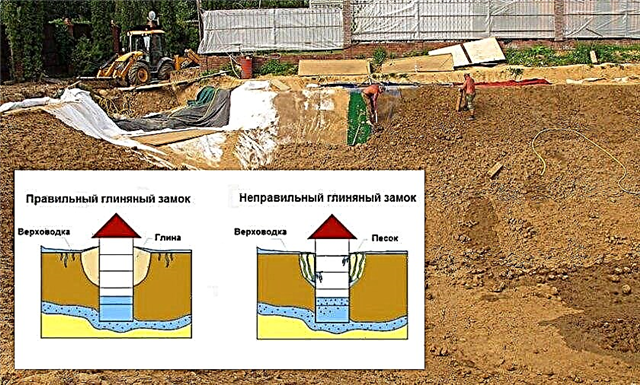
The manufacturing technology of the castle consists in layering and tamping clay, as described above. It should be borne in mind that the fatter the material, the better the construction. It is better to use clay mass, which contains 10-15% of sand. The material is moistened to such an extent that it does not crumble and does not slip through your fingers.
Important! At the end of the work, it is better to cover the clay bowl with hay or film to avoid drying out.
How to refine a clay bottom pond
So that the pond does not look like just a foundation pit filled with water, plants should be planted around it. In addition to the decorative function, representatives of the flora will also perform a practical one - they will enrich the water with oxygen, which supports the vital activity of bacteria, which, in turn, utilize pollution and harmful microorganisms.
To decorate the space around the pond, low flowering plants, such as forget-me-nots, incense, medunica, bought, etc., are perfect. You can place a pair of fern bushes. Sometimes special containers are installed at the bottom of the pond, in which waterfowl plants are planted. Lilies and water lilies will not only decorate the pond, but will also protect it from the scorching rays of the sun.
Various clay figurines, interesting figures, stones are suitable for decoration. The choice of decor will depend, first of all, on the general concept of design, style of design. Today, stone structures have gained great popularity. With this natural material, you can decorate the banks of the reservoir, establish a beautiful fence. Stone blocks of different sizes and shapes look original and natural.
Often, artificial ponds are equipped with a backlight that looks great in the evening. To do this, use small surface and underwater lights. Surface mounted on the coastline, hiding them in rocks or vegetation. On sale you can find options for hermetic surface lamps designed for swimming on a water surface.
Such devices illuminate only the surface of the pond. A more interesting option is underwater lights, which give the water a mysterious glow. The spectacle takes on even greater effect if the bottom is decorated with stones and plants.

An artificial pond is a nice attribute of a summer cottage. Its design will bring a lot of pleasure, because working with clay is quite easy, and the flexibility of the material gives a great springboard for the introduction of original solutions.

